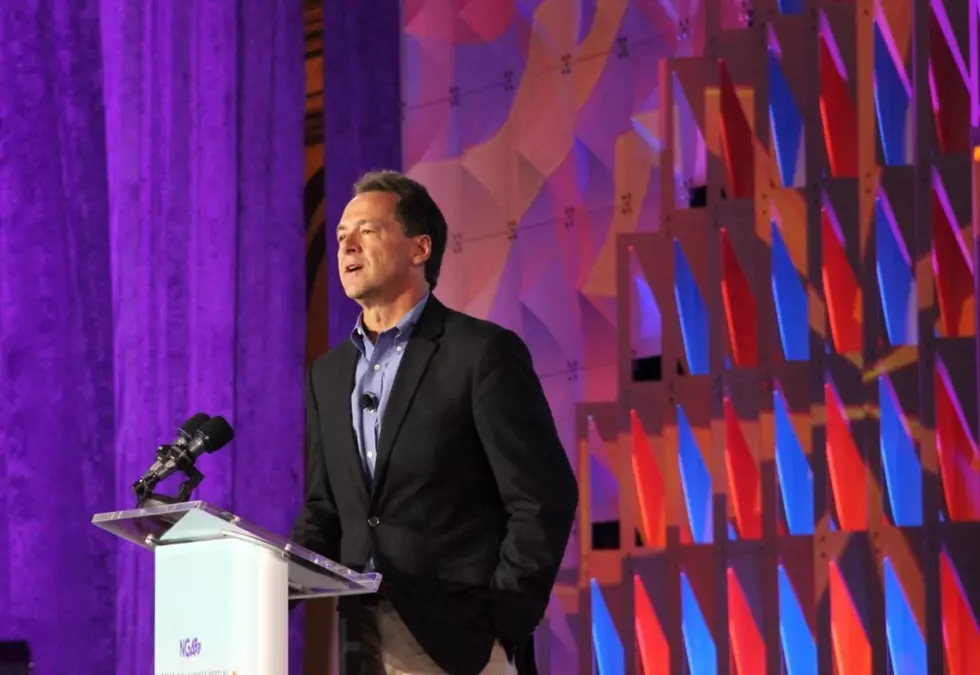
Bullock encourages nation’s governors to embrace digital economy’s disruption
(Montana Free Press) SALT LAKE CITY — As Gov. Steve Bullock’s final term comes to a close and his campaign for the presidency continues, he’s urging other governors to address a rapidly changing economy.
Bullock capped his yearlong chairmanship of the National Governors Association this week by releasing “A Governor’s Action Guide to Achieving Good Jobs for All Americans.” He shared highlights of its findings with the nation’s 55 state and territorial governors during the NGA’s annual summer meeting and discussed how states can help their workforces adapt to digital disruption.
“In our conversations with states, we’ve heard loud and clear that the challenge facing our economy isn’t a lack of jobs, but a lack of good jobs that can grow and sustain the middle class,” Bullock said.
As automation software continues to gobble up well-paying middle-class jobs, Bullock’s report stresses that state policymakers will need to partner with private industry and educational institutions to help workers survive. Globally, as much as 30 percent of current labor hours could be replaced by automation by 2030, according to a 2017 study by McKinsey & Company.
